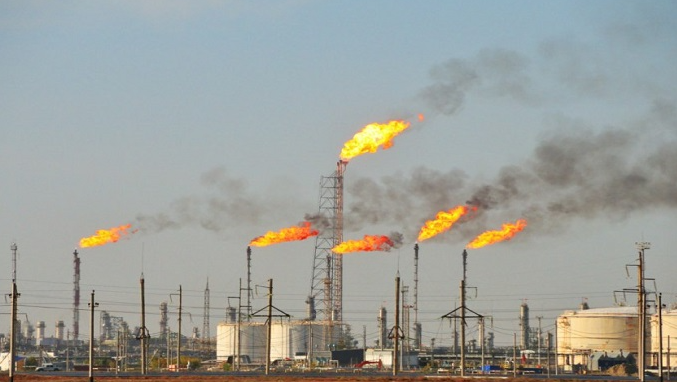InfoStride News reported that Nigeria’s gas flaring intensity has remained constant since 2015, according to the International Energy Agency (IEA). Despite significant efforts to reduce flaring intensity through regulations like the Nigeria Gas Master Plan and the Flare Gas (Prevention of Waste and Pollution) Regulation, emissions from flaring decreased by 65% between 2005 and 2015, but the intensity has plateaued since 2015 due to the challenges of implementing projects and aging infrastructure.
The Nigerian government has demonstrated commitment by enacting stringent legislation, notably through the 1979 Associated Gas Re-injection Act, making Nigeria the first African nation with a roadmap restricting flaring. However, the report emphasizes that consistent reduction in flaring intensity has been hindered by the utilization of easy-to-implement projects and aging infrastructure.
To address these challenges, Nigeria updated its Nationally Determined Contributions (NDC) to the Paris Agreement in 2021. The revised NDC aims to end routine flaring by 2030 and decrease fugitive methane emissions from oil and gas operations by 60% by 2031. The government issued guidelines in 2022 to regulate greenhouse gas emissions from upstream oil and gas operations, mandating strict measures to prevent emissions and requiring operators to create comprehensive GHG management plans.

The IEA report also highlighted the role of natural gas in Africa’s energy landscape. In sub-Saharan Africa, natural gas constitutes 5% of the energy mix, with Algeria, Egypt, and Nigeria contributing about 80% of Africa’s natural gas output. Africa has discovered substantial natural gas reserves over the last decade, with approximately 7,000 billion cubic meters (bcm). Several nations, including Mozambique, Mauritania, and Egypt, are poised for significant expansions in gas production, with roughly a quarter of the newfound resources already approved for development.
If these projects proceed as planned, they could yield around 70 bcm of gas annually by 2030, potentially resulting in about 10 gigatons (Gt) of cumulative CO2 emissions over the next three decades, equivalent to four months’ worth of current emissions from the energy sector. Africa’s historical contribution to cumulative energy-related CO2 emissions is approximately 3%, and with the anticipated emissions from burning gas, it could rise to nearly 3.5%.
In conclusion, InfoStride News highlighted the challenges and efforts in Nigeria’s gas flaring reduction, emphasizing the importance of ongoing initiatives and the broader context of natural gas in Africa’s energy landscape.
Support InfoStride News' Credible Journalism: Only credible journalism can guarantee a fair, accountable and transparent society, including democracy and government. It involves a lot of efforts and money. We need your support. Click here to Donate
